Corporates anxiously await govt stand on MAT, AMT in upcoming Budget
Initially, the MAT was introduced for companies and was later made applicable to all other taxpayers in the form of AMT.
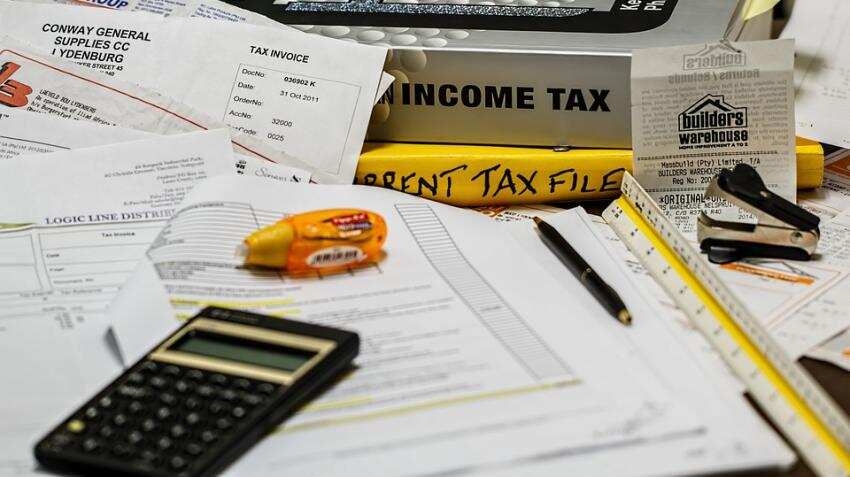
As the date for Budget 2018 is inching closer, corporate groups would be eyeing the government's stand on the Minimum Alternative Tax (MAT) and Alternative Minimum Tax (AMT).
In the last Budget, the Finance Ministry, in a major relief, decided to carry forward the period of MAT and AMT by five more years.
Finance Minister Arun Jaitley had said, “With a view to provide relief to the assessees paying MAT, it is proposed to amend section 115JAA to provide that the tax credit determined under this section can be carried forward up to fifteenth assessment years immediately succeeding the assessment years in which such tax credit becomes allowable."
The proposal was widely appreciated. Ameen Khwaja, Founder & CEO, LatestOne.com, said: “Push for digital economy is a positive step towards Digital India. However, was expecting more benefits for startups and MSMEs. Few benefits are good like - the increase in the tax break segment, MAT can be carried forward to 15 years and 5% reduction in income tax for MSMEs."
Let us try to understand the difference between MAT and AMT, and also the expectations from the government in the upcoming Union Budget.
Minimum Alternative Tax
Under Income Tax Act, the MAT has been introduced to target those companies, including foreign companies, that make huge profits and pay dividend to their shareholders but do not pay minimal tax by taking advantage of various deductions and exemptions.
With MAT, now such companies are liable to pay a fixed percentage of their profits.
Tax liability, as per normal provisions of IT Act, is usually 30% plus 3% education cess plus surcharge if applicable for companies. However, tax liability in MAT is lower as per Section 115BJ – that is 18.5% of book profits plus 3% education cess plus surcharge if applicable.
When a company pays tax as MAT, then that firm can also claim the credit of such tax paid in accordance with provisions of Section 115JAA. However, no interest is paid on the tax credit by the department.
Such tax credit carries forward for 15 assessment years now (after Budget announcement) from previous 10 assessment years.
This assessment year immediately succeeds the assessment year in which such credit is become allowable. For example, if the excess tax is paid in FY2016-17, the credit of such tax gets carried forward in FY2017-18.
According to ClearTax report, tax credit shall be allowed to set off in a year when tax becomes payable on the total income in accordance with the normal provisions of the Act.
Then the set off shall be allowed to the extent of difference between tax on the total income under normal provision and tax would have been payable as per MAT u/s 115JB.
Alternative Minimum Tax
AMT is computed on the adjusted total income of a non-corporate assessee, as per Section 115JC of IT Act, 1961.
AMT was introduced in the Act for reaching and collecting minimum taxes from the above mentioned assessee who are claiming certain profit linked deductions.
It is payable when tax as per normal provisions is less than AMT or adjusted total income.
The assessee should claim deduction under
- Chapter VI heading C (Deductions in respect of certain incomes except u/s 80P) or
- Under Section 10AA (Profit derived by SEZ Units) or
- Section 35AD (Deduction for expense on specified business)
For assessment year 2017-18, the basic rate of AMT is set at 18.5%, which is increased by surcharge and education & secondary higher education cess.
If in any year AMT is payable then the difference between the Normal Tax Payable and AMT paid is allowed as AMT credit and can be adjusted with normal tax liability in subsequent/future year in which the normal income tax payable exceeds the AMT.
According to Taxguru, Section 115JC lays down that an assessee liable to AMT should obtain a report in a prescribed format from an Chartered Accountant, certifying that the adjusted total income and the alternate minimum tax have been computed in accordance with the provisions of Chapter XIIBA and furnish the same on or before the due date of filing of the return u/s. 139(1).
What can be expected?
On January 06, 2018, the Finance Ministry decided to grant relaxation to companies against whom an application for corporate insolvency resolution process has been admitted by the Adjudicating Authority under Section 7 or Section 9 or Section 10 of the Insolvency & Bankruptcy Code.
The decision came after the Ministry came to know from various stakeholders that the companies against whom an application for corporate insolvency resolution process has been admitted, are facing hardship due to restriction in allowance of brought forward loss for computation of book profit under Section 115JB of the Act.
The Ministry added that the changes will be in effect from assessment year 2018-19, so a view can be expected from the upcoming Budget.
The Ministry has stated that the amount of total loss brought forward (including unabsorbed depreciation) shall be allowed to be reduced from the book profit for the purposes of levy of MAT under Section 115JB of the Act.
Get Latest Business News, Stock Market Updates and Videos; Check your tax outgo through Income Tax Calculator and save money through our Personal Finance coverage. Check Business Breaking News Live on Zee Business Twitter and Facebook. Subscribe on YouTube.
RECOMMENDED STORIES
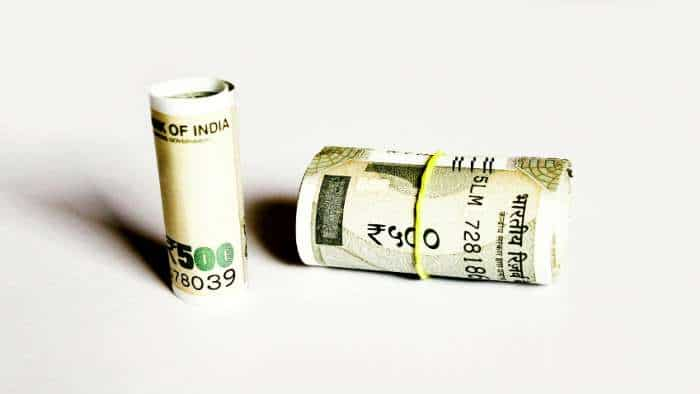
Rs 250 Daily SIP vs Rs 7,500 Monthly SIP: Which can build higher corpus in 20, 25, and 30 years? See details to know

Makar Sankranti Bank Holiday: Will banks be closed in your city on Makar Sankranti? Check RBI's holiday calendar

Top 7 SBI mutual funds with best SIP returns in 3 years: Rs 16,666 monthly SIP investment in No. 1 fund is now worth Rs 9,90,020

Reduce Home Loan EMI vs Reduce Tenure: Which prepayment option can help save Rs 27 lakh, & 6 years and 3 months on Rs 50 lakh, 25-year loan
11:40 AM IST







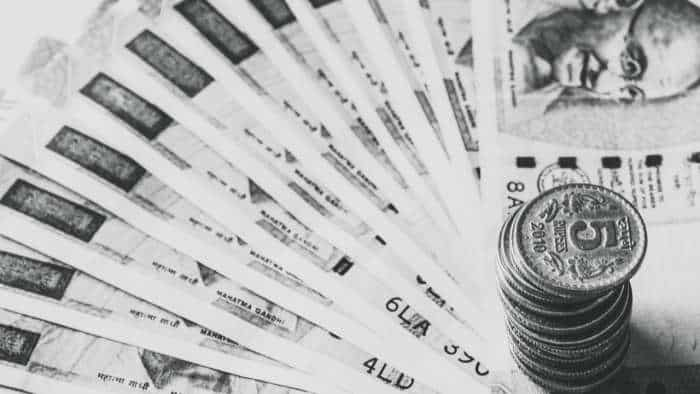

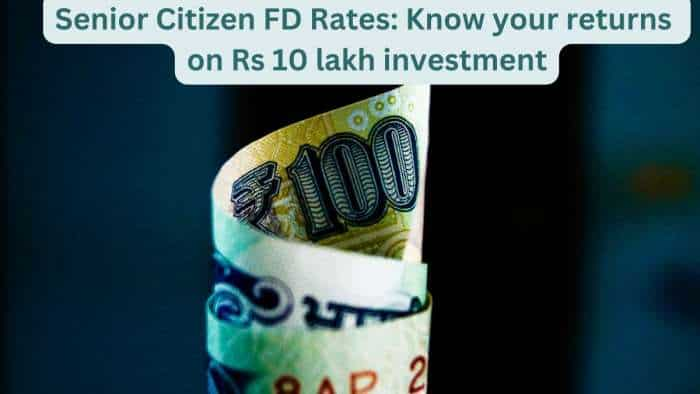
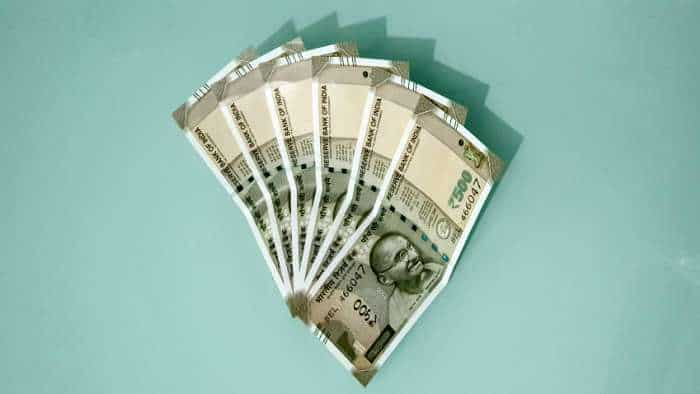
 Budget 2025 Expectations: What restaurants want from Finance Minister
Budget 2025 Expectations: What restaurants want from Finance Minister Budget 2025: Finance Minister Nirmala Sitharaman holds pre-budget meeting with health, education sector experts
Budget 2025: Finance Minister Nirmala Sitharaman holds pre-budget meeting with health, education sector experts PM Internship Scheme: 6.21 lakh applications received for 1.27 lakh opportunities
PM Internship Scheme: 6.21 lakh applications received for 1.27 lakh opportunities Maharashtra will play key role in achieving India's $5 trillion economy goal: Minister Aditi Tatkare
Maharashtra will play key role in achieving India's $5 trillion economy goal: Minister Aditi Tatkare Finance minister to start pre-Budget consultation with various stakeholders from Dec 6
Finance minister to start pre-Budget consultation with various stakeholders from Dec 6